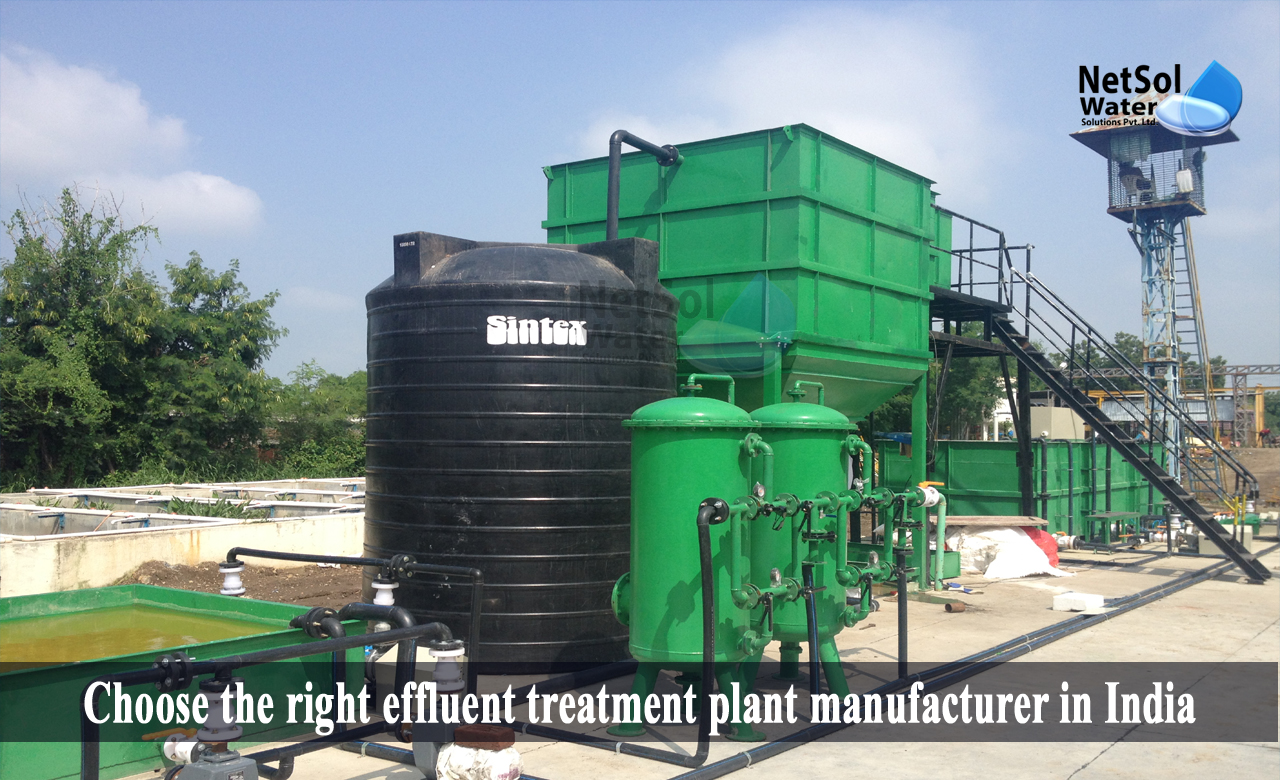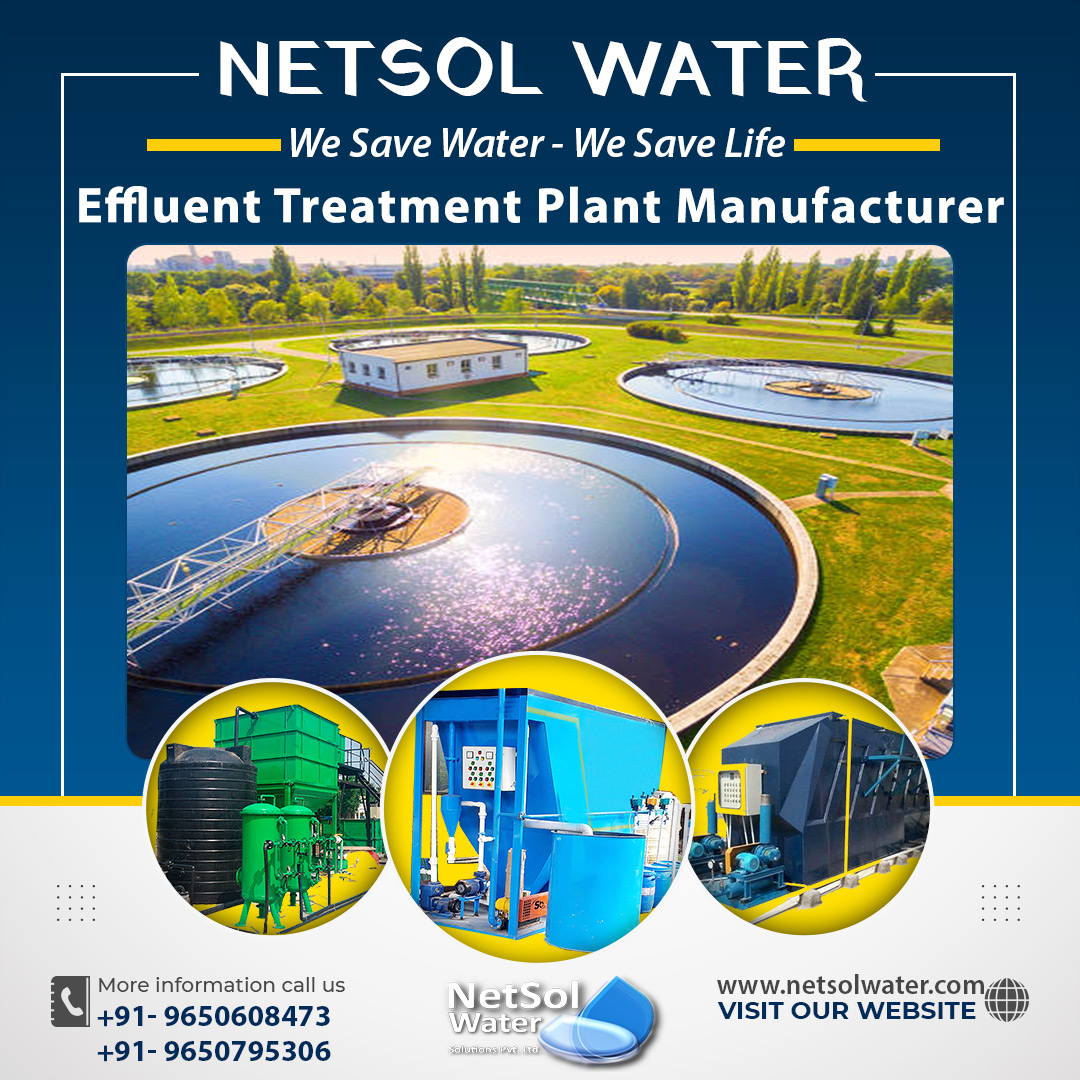Many manufacturing industries, including those in the textile, chemical, pharma, and tannery industries, among others, produce ETP effluent. Without treatment, contaminated water cannot be released, since it contains both harmful and toxic substances.
Its release could contaminate currently clean water and have an impact on the environment. ETPs are therefore implemented in the majority of manufacturing sectors. But, how do you know whether the effluent treatment plant you chose is right or not?
Let us clear your doubts regarding the best ETP manufacturers in India!
How to Choose the right ETP Plant manufacturer in India?
The removal of large numbers of organic compounds, debris, dirt, grit, pollution, poisonous, toxic molecules, and polymers, among other things, from industrial effluent is done using effluent treatment plants (ETPs).
Operation for ETPs: Stages of effluent treatment
1. The Screen Chamber
To prevent abrasion of mechanical equipment and blockage of the hydraulic system, this chamber eliminates big solids.
2. Tanks for Collection
Effluent from screening chamber is collected, stored, and is then pumped to equalization tank.
3. The Equalisation Tank
The effluents' concentrations are not constant, and their pH will occasionally change.An equalisation tank is used to retain effluents for up to 8 to 12 hours, resulting in uniform mixing of the effluents and aiding in neutralisation.
Additionally, constant mixing prevents sediments from accumulating in the equalisation tank, and lowers SS and TSS.
4. Flash mixer
The effluents are given coagulants:
Lime: 800-1000 ppm,
Alum: To raise the pH to 8 or 9 (200-300 ppm) removing colour,
Poly-electrolyte: To settle the suspended materials and lower the SS and TSS (0.2 ppm).
When these chemicals are added, mixed quickly, effectively, then the flocculates can combine uniformly, to form micro-flocs.
5.Clariflocculator
A stirrer continuously stirs the water inside the clariflocculator.The creation of macro flocs, which settle in the clarifier zone, is facilitated by flocculation, which offers sluggish mixing.
Water that is in overflow enters the aeration tank.SS and TSS are decreased as the solid particles separate, settle, and are collected separately. Then, the settled solids are pumped into drying beds for primary sludge.
6. An aeration tank
After clearing, the effluent is sent to an aeration tank for aerobic treatment.This tank is equipped with air blowers or diffusers, through which air is passed.In order for bacteria to flourish and remove BOD and COD by decomposing the debris, dissolved oxygen (DO) levels must be maintained.The BOD and COD readings of the effluent are 90% lower.
7. Secondary Clarifier
The secondary clarifier, where solid liquid separation occurs, receives the overflow from the aeration tank.A portion of the biological sludge, which is the settled solids in the secondary clarifier, is recycled back into the aeration tank to maintain the required MLSS level, and the remaining sludge is transported to sludge collection.
If the exit water quality is within acceptable limits, it is checked.Pipelines are used to dispose of the treated water.
8. Sludge thickener
The inflow sludge is made up of 40% solids and 60% water.A centrifuge is used to process the effluent.The separation of the solids and liquids is accomplished by centrifugal force.
The effluent's water content is decreased by the sludge thickener to 40% water + 60% solids.The sludge is then collected at the bottom after the wastewater has been treated.
9. Drying beds
On the drying beds, primary and secondary sludge is dried to further lower the water content.
Choosing the best manufacturers of industrial effluent treatment plants in India
One of the top producers of wastewater treatment systems in India is Netsol Water. At Netsol, we are committed to providing high-performing effluent treatment systems and plants, to assist industrial enterprises with their wastewater, and sewage requirements.
We have earned a reputation for providing top-notch service and solutions, which will help our clients lower operating expenses and increase the life of their equipment.Every purchase of these systems includes free installation, manufacturer's warranty, and a 24-hour customer service, after the sale.




